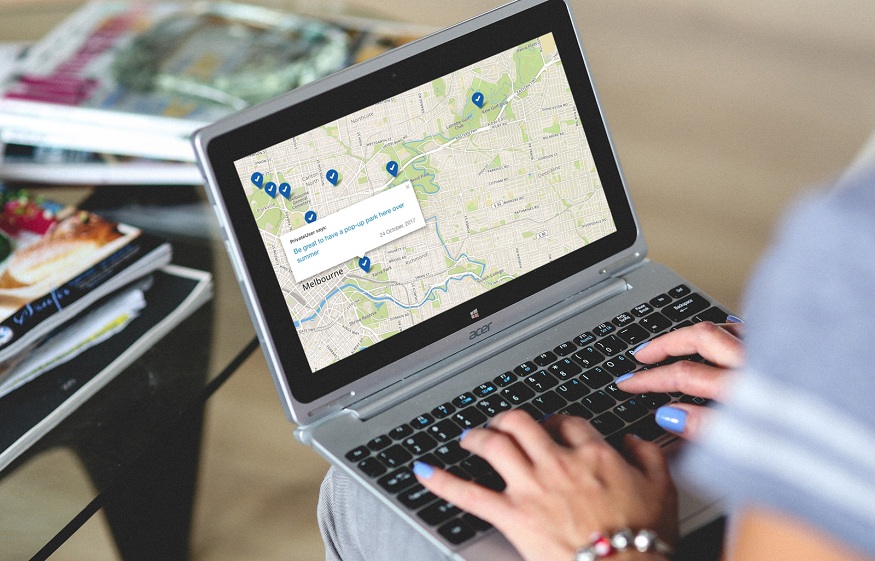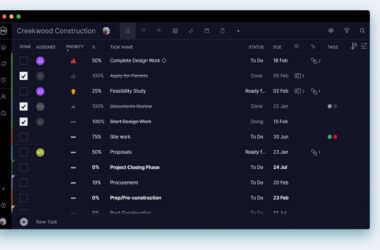Green mapping is like preparing for a long country move or road trip. The more thorough you prepare, the higher your chances of reaching your destination safely and on time. You are confident with the putt in golf if you have done a thorough green mapping.
Nonetheless, like other processes, green mapping is systematic, and you should follow various steps. You should also invest in the best golf green mapping software, and there are various reasons for this. Let’s learn about them.
1. Accurate mapping
Unlike manual mapping, golf green mapping software is not prone to errors. The mapping software gives you accurate data on every step of the mapping process. The mapping software conducts accurate analyses and gives reliable results for efficient mapping.
2. To save time
Golf mapping can be time-consuming and costly. But with golf mapping software, you will spend less time mapping and enjoy a simplified mapping process.
3. Better playing experience
Golf mapping enables accurate green mapping. That lets you know the greens you will putt on, leading to accurate reads and a greater probability of success.
Green mapping steps that you should know
1. Diagram of green
The first step is to obtain a diagram of each of the 18 greens on which you’ll map how your ball will break at different locations. Use an original architectural drawing that shows the shape, size and contour lines. Alternatively, you can use a GPS device that shows each green’s yardages, fairway lines, hazards, shape and depth. If the above options fail, you can use satellite images from Google earth.
2. Pin Rotation
The second step of green mapping is identifying the putting zones. The putting zone is where you can cut the hole on the green. You can use the standard balance system of the green’s left and right sides. Also, balance the back, middle, and front to prevent wear and tear and, importantly, to present yourself with different challenges.
You’ll give the golfers a weekly pin rotation diagram that helps them identify the day’s pin position. That eliminates the challenge of blind or raised green, making it impossible to see the green or bottom of the flag.
3. Pin location
The third step involves the identification of probable locations to cut the hole. The old hole plugs help you identify the previous location of the hole. But if you play regularly, you can identify the different pin locations of each green.
4. Mapping the breaks
Identify detailed mapping of different breaks on the green. You can use the Tour Yardage Book to get information on the green contours and the directions of the breaks. Usually, the direction of the breaks is consistent in each zone. But don’t clutter your map with many directional arrows in the same area. Instead, mark one arrow to indicate the direction and degree of the slope.
5. Make up a pocket guide
Lastly, prepare a pocket guide that acts as a reference for your golf course before the putt. That will help you know the slope and how the ball will break at the hole.
Conclusion
If you’re determined to achieve better putt, green mapping is mandatory. Be sure to follow the above steps and invest in golf green mapping software from a reputed dealer.






